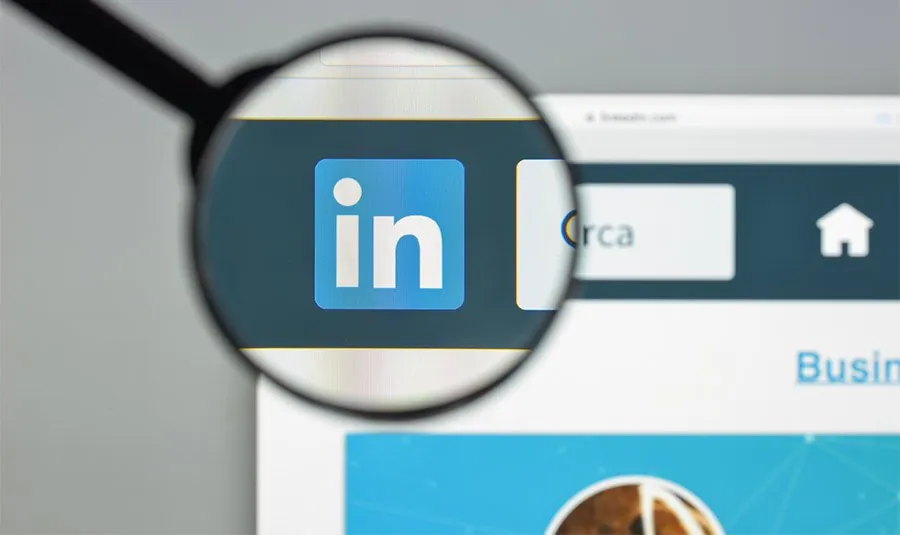3 Common Sales Email CTA Errors and How to Fix Them

Cold emails are a lot like cold calling – they’re venturing out into the icy unknown and can come with a low response rate. Even worse, many sales reps hurt themselves even more by making fundamental mistakes in the most important part of the email – the Call to Action. Let’s take a look at some of the most frequent missteps and what to do instead.
- You don’t have one.
The single biggest CTA problem? Not having one at all. I can’t tell you the countless number of emails I have reviewed with Salespeople over the years that don’t include a Call to Action. Ideally, every sales email you send advances the relationship in some way – even when you’re just sending a relevant article you found, there should be a CTA – even something as basic and low-key as “I’d love to hear your thoughts on this article.”
This type of CTA furthers the relationship and fosters a dialogue. Not only are you showing you’re in tune with a prospect’s interests, you genuinely care what they have to say. There’s also the potential bonus of their reply revealing information that helps your research in how to approach them when it comes time to reconnect.
- You have more than one CTA in the same email.
Then there’s the opposite problem – going from having no CTAs to having multiple. Why is more than one CTA bad? Because that’s more items for the prospect to have to consider and weigh, and they’re that much more likely to say, “Nah, too much effort”, or be confused on what to do and subsequently ignore you.
Instead, you should pick one CTA and only one. You can think of your email as an essay and the CTA is the conclusion (In fact, CTA is a one possible essay conclusion strategy by itself). It should inspire the prospect to carry out the desired action by letting them know what’s in it for them to take action. Much like in an essay, where the body of the work builds to and eventually supports the conclusion, so too should your email text tie into and ramp up to your CTA.
- The CTA is vague.
Want to make sure your prospect isn’t clear on what you want them to do? Be vague or confusing in your CTA. Your CTA needs to be explicit, easy to comprehend, and the intended action clear. Let’s take a look at a couple of examples:
Vague Example:
To learn more, let’s schedule a phone call sometime next week. Let me know what days and times work best for you.This CTA does have a simple call to action (a phone call). But it’s vague. Learn more about what? There’s no clear Legitimate Purpose Statement here. Also, it requires the prospect to search through their calendar and find a day and time, making more work and effort for them.
Clear Example:
I’d like to schedule a phone call to discuss the options we confirmed during our last meeting to determine the best fit for you. I have Monday at 2 pm and Thursday at 9 am available. Which works best for you?This provides a clear next step (discovery phone call) and has the client taking the action of which day and time to take that call. Notice also it’s a binary option – 1 or 2, making it much easier for the prospect to check their own schedule.
Vague Example:
Check out our case studies here. I’ll follow up in a few weeks to see what you thought of them.Again, it’s a simple CTA (read the case studies). But it isn’t explicitly clear that you need to click the link to read them. Also, a few weeks is a vague timespan. Is it 2 weeks? 3? 4? The prospect doesn’t know. There’s also a lack of value to the client. Why would they care about the case studies and bother to read them, much less give feedback?
Clear Example:
To learn more about how we’ve helped clients like you, click the link to read our case studies. I’ll follow up in two weeks to get your thoughts on the case studies and talk through how we may be able to assist you.In this example, the invitation is to read the case studies to see the applicability to the prospect’s situation and social proof. But note that it also includes a next step – a follow-up contact for reactions to how the case studies affected the prospect’s thinking. Thus, it’s not only a specific CTA – it’s a CTA with a clear intended purpose that has demonstrable value for the prospect.
The CTA is the backbone of your cold emails. Poorly executed, it can stop any chance of moving a prospect further down the pipeline and negate your relationship building efforts. But the right CTA – simple, singular, and synchronized with both your objectives and the client’s requirements – can boost conversion rates and improve relationships.

- Account Planning (11)
- Awards (52)
- Client Testimonial (37)
- Personal Branding (19)
- Podcast (11)
- Research (70)
- Sales Career Development (85)
- Sales Coaching (154)
- Sales Consulting (133)
- Sales Culture (164)
- Sales Enablement (346)
- Sales Leadership (110)
- Sales Management (243)
- Sales Negotiation (16)
- Sales Prospecting (120)
- Sales Role-Playing (18)
- Sales Training (233)
- Selling Strategies (256)
- Soft Skills (67)
- Talent Management (92)
- Trusted Advisor (27)
- Virtual Selling (42)
- Webinar (12)




























